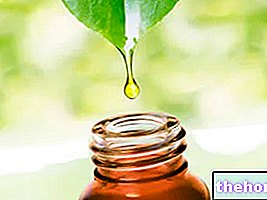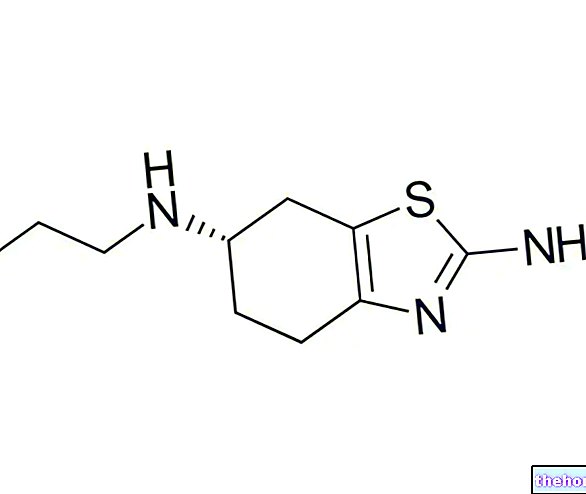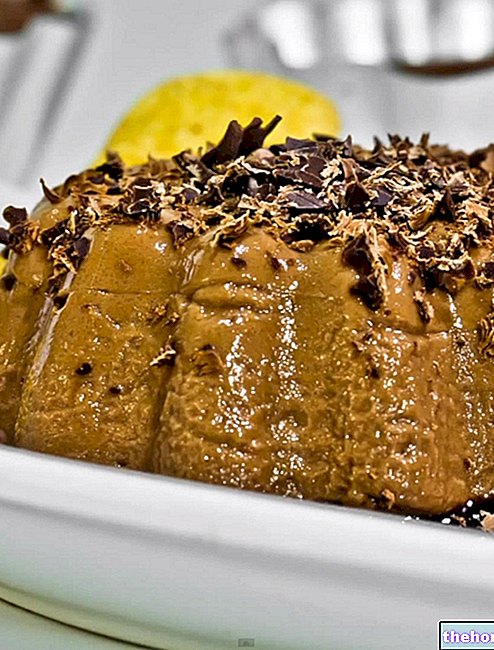Generality
Hydrocarbons are binary organic molecules, i.e. composed of two types of atoms: carbon (C) and hydrogen (H). Hydrocarbons can be short or long and the simplest (which has only one carbon atom) is also one of the best known: the methane (CH4).
Hydrocarbons can be solid, liquid or gaseous, and from a chemical point of view they are divided into AROMATIC (BENZENE or POLYNUCLEATES, all stable thanks to a benzene ring) and ALIPHATIC (in turn SATURATED or UNSATURATED).
NB. Aromatic and aliphatic hydrocarbons also possess very different physical characteristics and reactivity. The well-known toxicity of hydrocarbons refers above all to AROMATIC compounds, and in particular to those POLYNUCLEATES or containing two or more benzene aromatic rings.

Toxicity
Polycyclic aromatic hydrocarbons (PAH or PAH from English) are compounds naturally present in oil or coal, and from which they can be produced due to incomplete combustion of other molecules (see atmospheric pollution).
Polycyclic aromatic hydrocarbons are extremely toxic molecules both for man and for environmental fauna and flora; some of them have always been almost ubiquitous (naphthalene and fluorene) ... while others, unfortunately, are becoming so (benzoEpirene and benzoApirene present in asphalt, bitumen and tar).
Polycyclic aromatic hydrocarbons, in addition to fossil fuels, can also be released by the combustion of other substrates; among these: waste, tobacco, incense, WOOD, CHARCOAL and FATS. Regarding the latter three, we remind you that these are products widely involved in food processing and cooking processes.
In other words, the human organism (and each of us takes responsibility for it!) Comes into contact with polycyclic aromatic hydrocarbons through different sources:
- the combustion of fuel and wood, urbanization, waste disposal, smoking
- but also through the feeding with: environmentally contaminated raw materials (from the air, from the ground and from the aquifers), CARBONIZED FOODS, COOKED FOODS, FOOD COOKED IN A VIOLENT WAY and SMOKED FOODS.
Mechanism of toxicity
The toxicity of polycyclic aromatic hydrocarbons derives both from direct contact and from its hepatic metabolites, better known as EPOXY. These compounds, characterized by their mutagenic potential towards DNA, are capable of damaging the genetic-cellular replication message; ultimately, the continuous exposure to polycyclic aromatic hydrocarbons can determine MUTAGENESIS, therefore CARCINOGENESIS, a process highly correlated to DEATH.
Dying from ingestion of polycyclic aromatic hydrocarbons in food
Although the two most carcinogenic polycyclic aromatic hydrocarbons are above all benzoEpirene and benzoApirene (present in asphalt, bitumen and tar), even those present in food significantly affect the state of health of the organism. To avoid introducing them in large quantities through food, the precautions to follow are few and very simple:
- Consume smoked foods only occasionally; smoking, although it is a renowned and even more expensive process than many others, determines the superficial absorption of polycyclic aromatic hydrocarbons in food. It follows that: smoked fish and derivatives (salmon, herring, bottarga etc.), smoked meats and derivatives (especially cured meats), smoked cheeses (such as the famous caciotta or even Sicilian baked ricotta) etc., as foods treated with smoking, should be considered at least "obsolete" food and consumed as such.
- Minimize cooking on the grill; without repeating what has already been explained in the paragraphs above, as for smoking, cooking with live embers (both wood and coal) involves the adhesion of polycyclic aromatic hydrocarbons on the surface of the food. To learn more, read the article on the rules to be respected for healthy grilling
NB. We remind you that choosing to burn particular types of wood (such as pruning fruit trees) can determine the passage of other very harmful molecules from the fuel to the food; this is the case of lead residues (paints), solvents and impregnants for wood (coppale and insulators) or residues of pesticide treatments (at best copper and sulfur).
- In all violent cooking, avoid the fat frying beyond the smoke point as it would represent an "additional source of polycyclic aromatic hydrocarbons.
- Avoid at all costs to consume food of dubious origin, therefore potentially polluted and, in any case, always wash fruit and vegetables CAREFULLY to effectively drain the residues of environmental polycyclic aromatic hydrocarbons.
In the culinary tradition of many regions, live embers represent the basic method for cooking food; although (fortunately) it is a technique in gradual decline, to this day there are still realities strongly attached to this kind of habit.
Grilling, excessive frying, smoking and the use of dirty or polluted products inexorably favor the exposure of the organism to polycyclic aromatic hydrocarbons; both clinical studies (on carcinogenic potential) and statistical studies (on the consumption of products containing these molecules) have already demonstrated the correlation between food polycyclic aromatic hydrocarbons and CANCER MUTATION, which is further correlated to the "increased risk of DEATH from CANCER" esophagus, stomach, intestine (small but above all large) and also the liver.

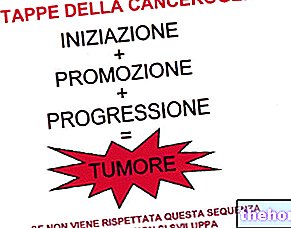
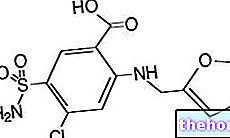
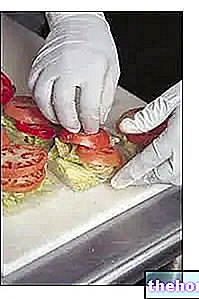

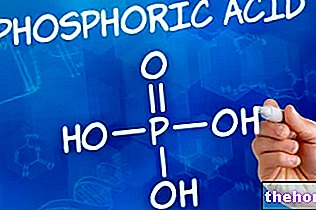
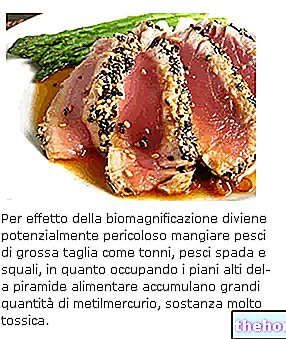

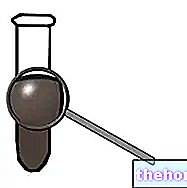


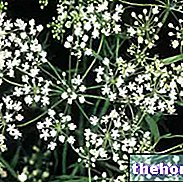


-feofitina-di-rame---e141-(ii)-sali-di-sodio-o-potassio-dei-complessi-della-clorofilla-con-rame.jpg)

